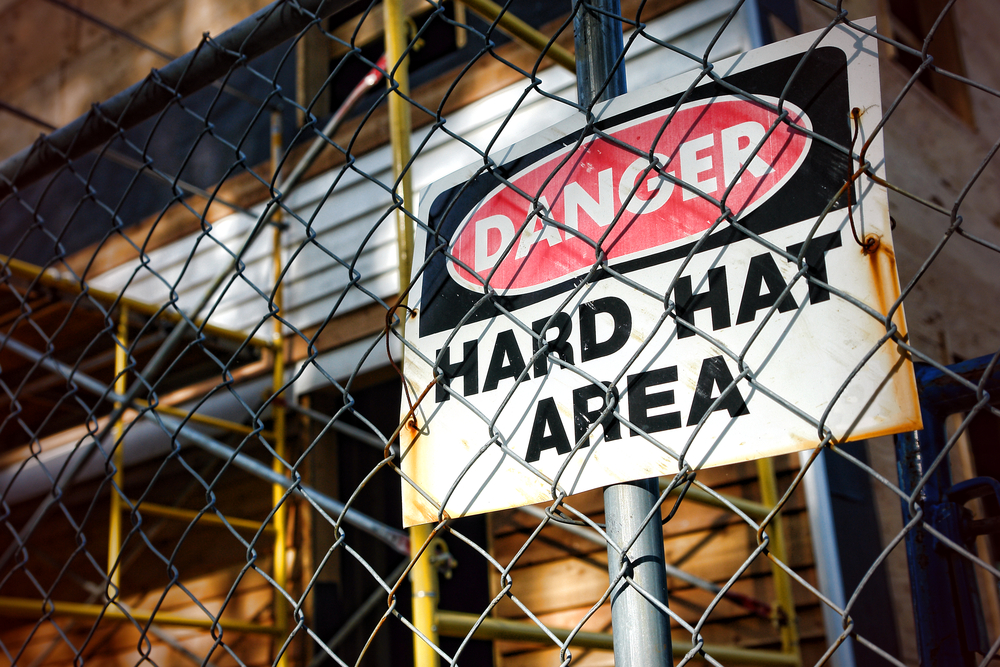The Hierarchy of Controls for Making Safety Changes
Controlling exposure to hazards around your facility while getting the job done is a constant struggle that many business owners face. While every business comes with its own unique situations, balancing the safest solution while still being able to perform the necessary tasks is not always clear. There no universally acceptable answer.
Many businesses often turn to the hierarchy of controls of develop a safety protocol that will work best for their environment. The hierarchy of controls is a system used in many industries to minimize or eliminate exposure of hazard and is a widely accepted system promoted by many safety organizations including OSHA and the CDC.
There are 5 controls that are listed from most effective to least effective and differ on the type of solution that each one provides. The 5 controls are as follows.
Elimination Is at the top of the diagram and involves physically removing the hazard from the workplace. For example removing a dangerous machine. While this is the most effective means of dealing with a hazard it is also often time the most difficult to implement in an existing process and can have high upfront costs associated with it.
Substitution, like Elimination is at the top of the diagram as a highly effective solution to and existing safety hazard and also requires major changes in equipment and procedures. For example replacing a dangerous machine with a safer alternative. Ideally for Elimination and Substitution controls it is easiest to introduce them in the design and development process before any procedures are already in place.
Engineering controls are used to remove a hazard or place a barrier between workers and a hazard requiring physical change to the workplace like elimination and substitution. For example developing and attaching a machine guard. Well-designed engineering controls can be highly effective in protecting workers and will typically be independent of worker interactions to provide this high level of protection. Initial costs of engineering controls can be higher than administrative of PPE but have high long term return on investment that could include lower operating costs and higher productivity.
Administrative controls are all about identifying and implementing procedures to help your workers conduct their job in a safe manner. This may often include reduction in time a worker is exposed to the hazard, increasing safety signage, performing a risk assessment and making sure all employees are properly trained.
PPE controls are the last line of defense. When all other controls have been considered and ruled out PPE should be used. For example when a job requires working at heights make sure to provide the proper fall protection, make sure it fits the worker properly, train them on how to properly use the fall protection, and make sure that they use it to prevent injury should a fall occur.
All of these controls should be properly weighted in order to find the right solution to fit your working environment before a decision is made. For More Information visit the CDC webpage at https://www.cdc.gov/niosh/topics/engcontrols/

